Recent Articles
Popular Makes
Body Types
10 Things You Need to Know About the 2017 Cadillac CT6 Plug-in Hybrid
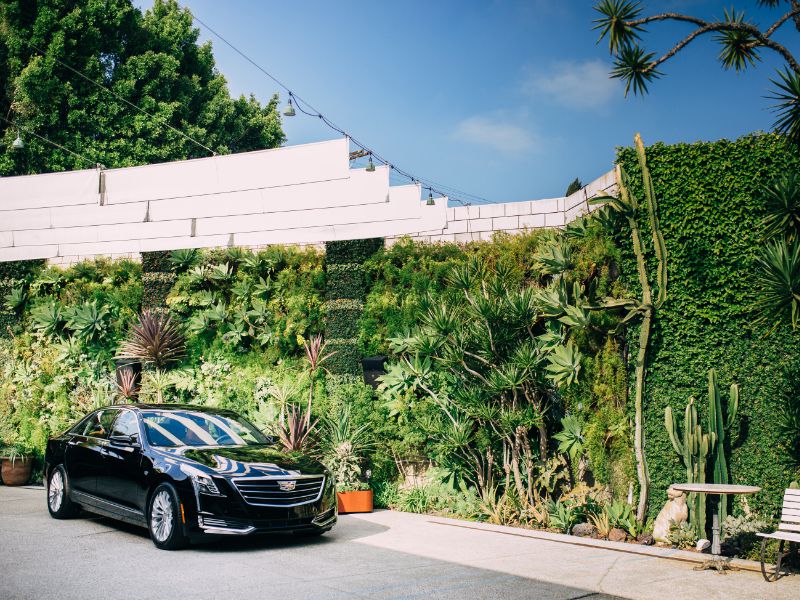
2017 Cadillac CT6 Plug In Front Quarter Hero ・ Photo by Cadillac
The new 2017 Cadillac CT6 PLUG-IN is not the domestic luxury brand’s first plug-in hybrid. That honor goes to the Cadillac ELR, an over-styled and overpriced coupe version of the Chevy Volt. The ELR turned out to be one of the biggest automotive flops of recent years.
Cadillac is not making the same mistake twice. This time, Cadillac has put an impressive plug-in hybrid powertrain in its largest flagship sedan, the CT6, which was just introduced last year. And the result is an eco-friendly full-size luxury sedan with exceptional road manners and strong performance.
Read on to learn 10 things you need to know about this brand new vehicle from Cadillac.
1. It's Built in China
Cadillac’s popularity in China is feverishly on the rise, along with the popularity of its sister brand Buick. Although other versions of the CT6 sedan are built in America, this plug-in hybrid version is built in China and imported to the United States. In fact, it’s already on sale in China but won’t go on sale here until summer hits. This is not the first vehicle from GM with this type of geographic strategy. The Buick Envision crossover, introduced last year, is also built in China, sold in China and imported into the U.S.
Sales expectations of the CT6 PLUG-IN are as modest as they come. Cadillac expects to sell just 250 of these hybrid sedans this calendar year.
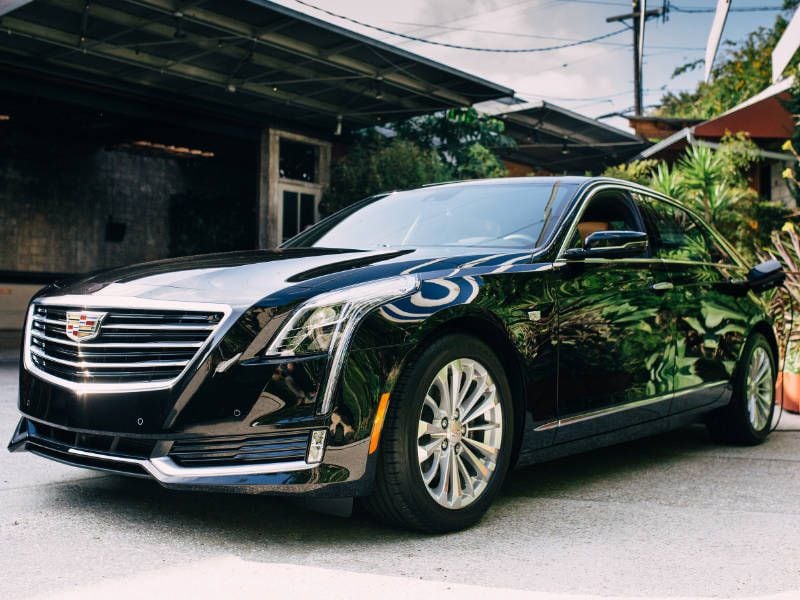
Photo by Cadillac
2. It Packs a Combined 335 Hp
Although some non-hybrid versions of the CT6 are available with all-wheel drive, the CT6 PLUG-IN is not. This rear-wheel-drive sedan is powered by a 2.0-liter turbocharged four-cylinder engine with direct injection and variable valve timing, two electric motors (which are part of the continuously variable transmission), and an 18.4 kWh lithium-ion battery pack.
On its own, the turbocharged four-cylinder, which is also used in Cadillacs ATS and CTS sedans, is rated at 265 hp and a heady 295 lb-ft of torque. In combination with the two electric motors, output jumps to 335 hp and 432 lb-ft. The result is a large sedan that moves out when you stomp its go pedal. Cadillac says 0-60 mph takes just 5.2 seconds, which is about the same performance as a CT6 with the optional 404-hp 3.0-liter twin-turbo V6. Top speed is an impressive 150 mph.
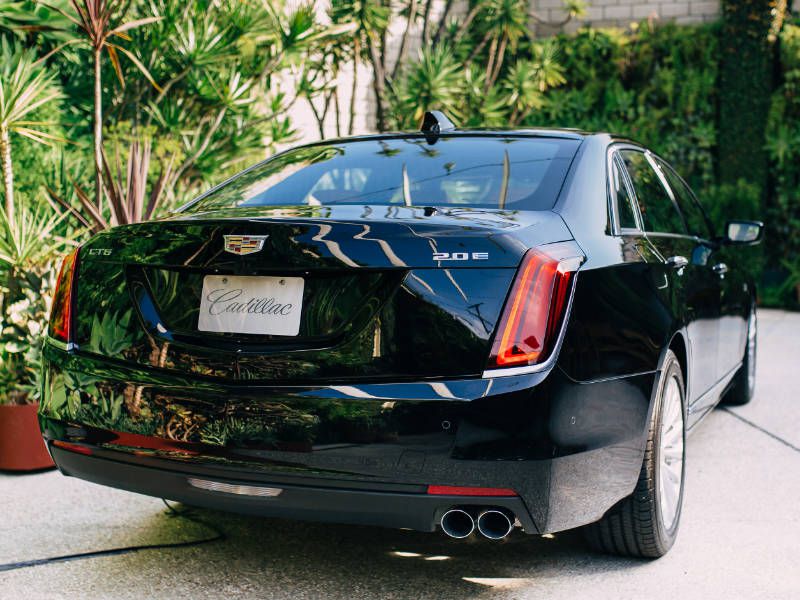
Photo by Cadillac
3. Drivers Can Select Between Three Distinct Operating Modes
With a button on the sedan’s console, CT6 PLUG-IN drivers are able to select between three distinct operating modes: Normal, Sport and Hold. Normal mode is designed for everyday driving. It provides a nice balance of comfort, performance and maximized EV range and fuel economy. Sport mode provides more aggressive throttle pedal response for improved off-the-line feel and a stiffer steering response. Hold mode allows owners to control when the CT6 PLUG-IN uses its gas engine, reserving the remaining battery charge for later use. This feature helps enhance efficiency because owners who mix city and highway driving can save the battery charge for city travel, where the CT6 EV mode operates most efficiently.
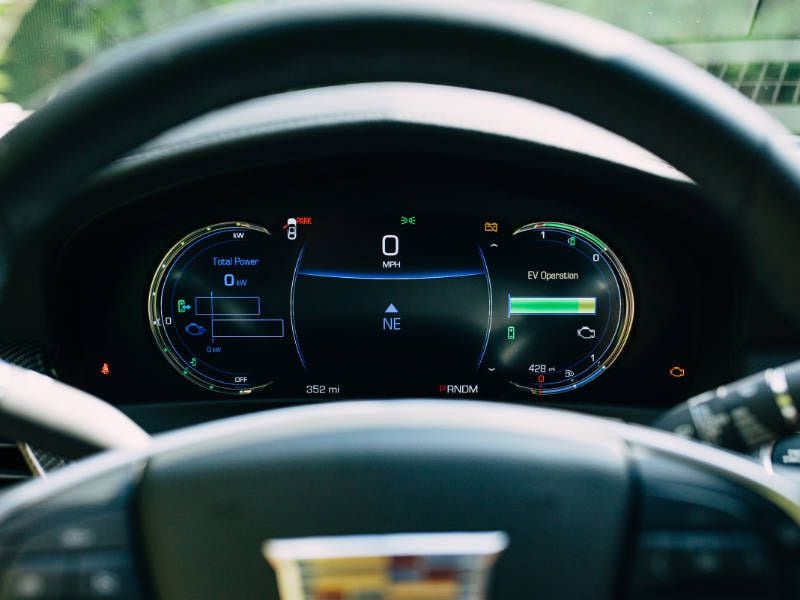
Photo by Cadillac
4. Its Brakes Make Electricity
The CT6 PLUG-IN’s Electronic Stability Program is tailored to work with the car's regenerative braking system to provide maximum energy recovery combined with reduced stopping distance and improved fuel economy. The technology uses the CT6’s electric motors to act as generators to slow the vehicle and capture as much kinetic energy as possible during low-demand situations while blending the cars traditional hydraulic brakes with the motors in high-demand circumstances like an emergency stop.
The CT6 PLUG-IN also features Regen on Demand, which allows the driver to temporarily regenerate energy from vehicle momentum into electricity and store in the battery pack for later use. It slows the vehicle much like downshifting with a manual transmission. Regen on Demand is engaged with the sedan’s steering-wheel paddles shifters. The slowing effect is so effective Cadillac has chosen to turn on the sedan’s brake lights in some situations -- even if the driver never touches the traditional brake pedal.
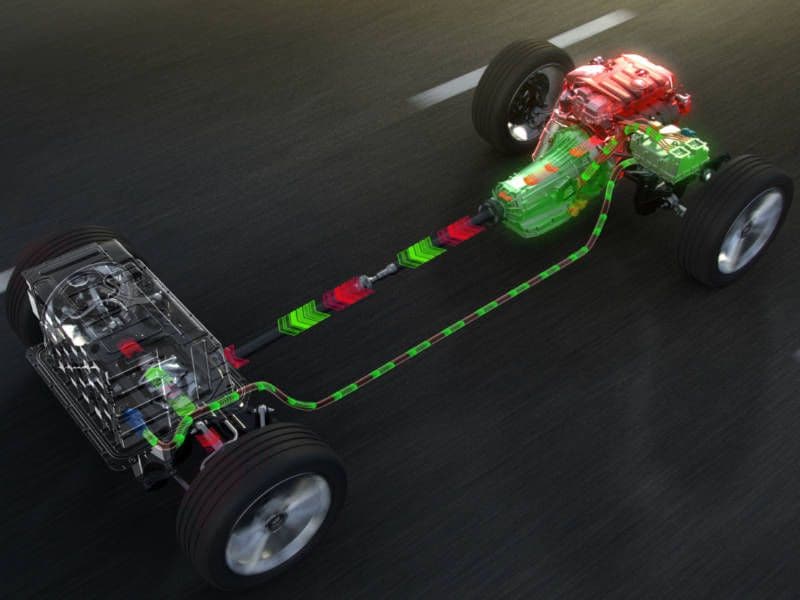
Photo by Cadillac
5. It Can Drive 31 Miles Without Burning Gasoline
With a full tank of gasoline and a full battery charge, the 2017 Cadillac CT6 PLUG-IN has a total range of 440 miles. Most of that is achieved burning a combination of liquid fossil fuels and electricity. But the Cadillac is also able to drive 31 miles on its batteries alone. Basically, it’s an electric car for the first 31 miles if you keep the throttle position under 50% and the speed below 78 mph. If your commute is short enough, you charge daily and you stay within those parameters, the CT6’s gasoline engine should never turn on and the CT6 would then function as an EV indefinitely. For comparison, the EV range of both the Mercedes-Benz S550e and the BMW 740e is 14 miles.
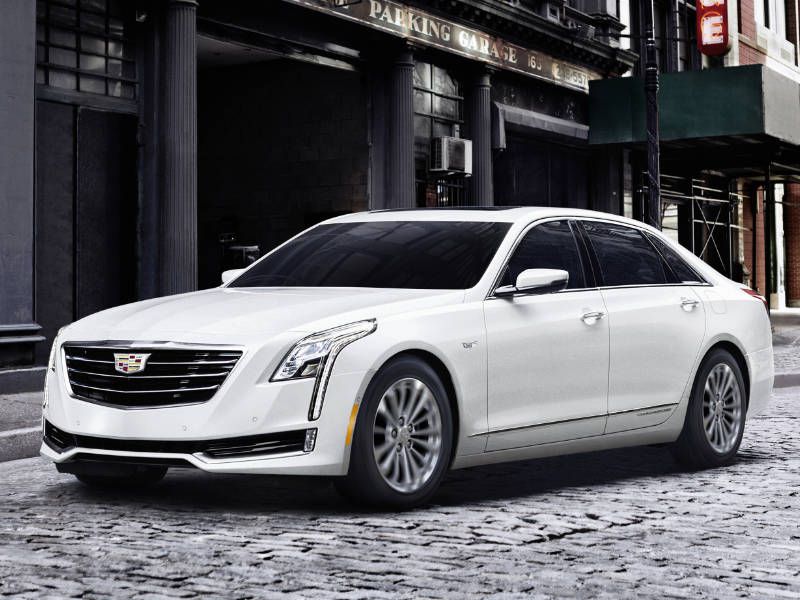
Photo by General Motors
6. Recharging Takes Just 4.5 Hours
Charging the CT6’s 18.4 kWh lithium-ion battery pack is as easy as plugging in a toaster oven. The sedan’s battery system can be charged using a 120V or 240V charger and will charge in approximately 4.5 hours (from "empty") on the latter voltage. The charge port mimics the car’s traditional gas filler door, only it’s on the driver’s side of the car. The uniformity from side to side is a nice touch and gives the CT6 PLUG-IN a clean, finished appearance.
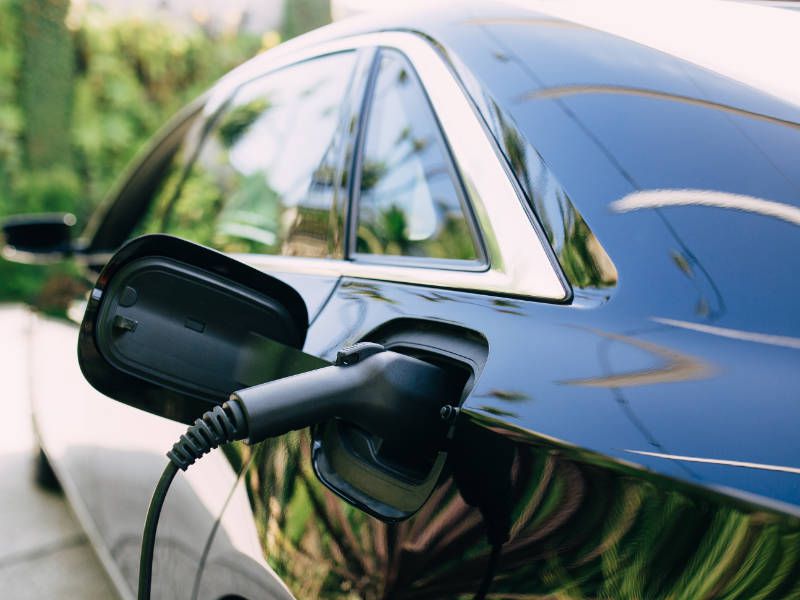
Photo by Cadillac
7. Owners Will Have to Pack Light
Although a non-hybrid Cadillac CT6 has a cavernous 15.3 cubic foot trunk, this car’s sizable battery pack (which weighs 400 lbs) has to go somewhere. And it takes up much of the available trunk space. The PLUG-IN's trunk measures in at about half the volume of a non-hybrid CT6. It’s jarring just how small the trunk is for a car this large. There’s some additional cubby space below the floor, but large suitcases are not going to fit. This may be a deal breaker for some. Although golf clubs still fit -- two bags.
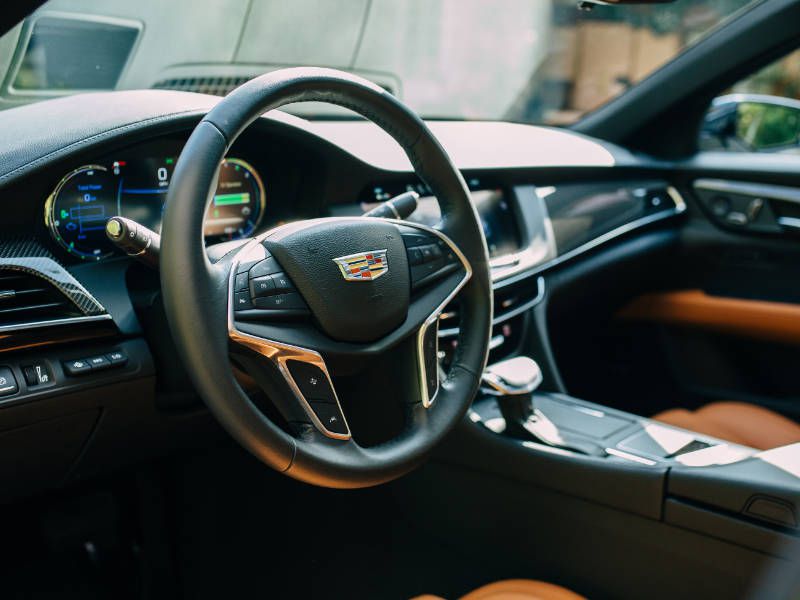
Photo by Cadillac
8. It Drives Much Like a Standard CT6
If I tossed you the key and sent you out on the road in the CT6 PLUG-IN, you probably wouldn't realize it’s not a conventionally powered luxury sedan. This car is smooth, quiet and comfortable. And it’s quick off the line. Lay into the throttle when the light turns green and you’re compressed into its large, leather driver’s seat and your fellow motorists are left in your environmentally-friendly dust. In most situations, you would never know this sedan has two powertrains continually working together to get you down the road. Even the brakes feel natural, and the 600 extra pounds of battery, modules, and cables is well camouflaged by the Cadillac’s well-tuned suspension and quality dynamics.
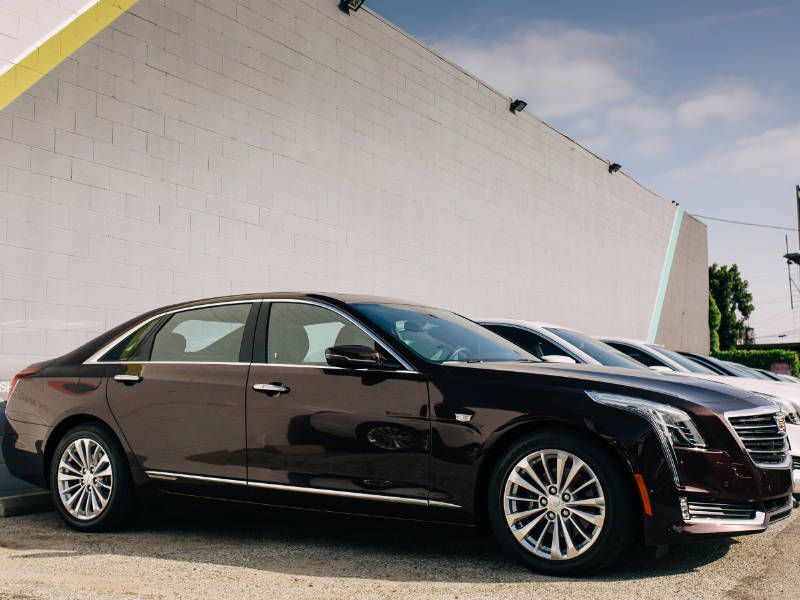
Photo by Cadillac
9. It Costs Much Less Than the Competition
The 2017 Cadillac CT6 PLUG-IN is not an inexpensive car. Compared to its competition, however, it’s dirt cheap. The price is $75,095. The only option is the color. A comparably equipped Mercedes S550e or Porsche Panamera E-Hybrid would cost $115,525 and BMW 740e would be $98,500. The Cadillac is not as nicely appointed on the inside as those Germans, but the features are there, and the value is undeniable.
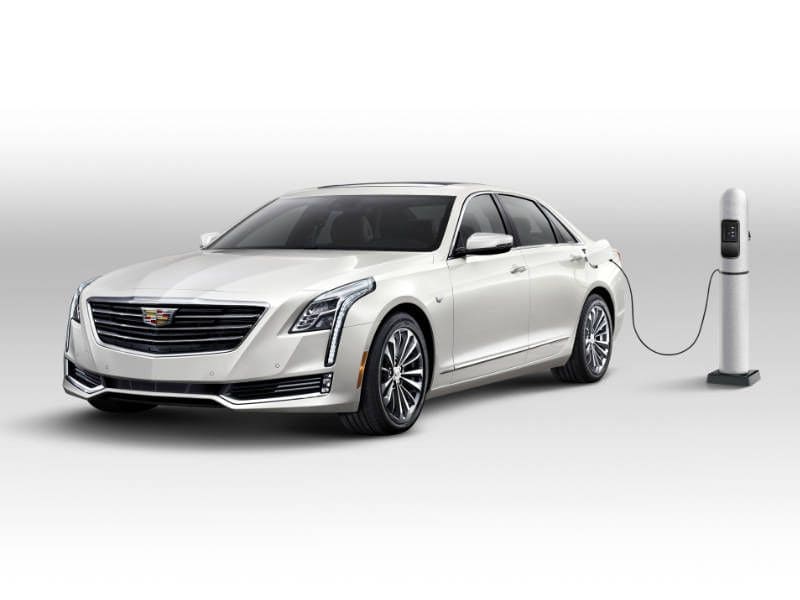
Photo by Cadillac
10. Important High-Tech Safety Systems are Standard
Every safety system available on the CT6 is standard on the CT6 PLUG-IN. This car comes with Forward Collision Alert, which monitors traffic ahead and alerts the driver if a potential collision is imminent. Following Distance Indicator, Lane Keep Assist and Side Blind Zone Alert are also standard. Adaptive Cruise Control is also included, as is Forward and Reverse Automatic Braking. This system can sense a front or a rear collision and engage the brakes before it happens, increasing the driver’s reaction time and slowing the car to lessen the force of the impact. A Night Vision system, which uses thermal technology to alert the driver to people and large animals ahead in the dark, and Front Pedestrian Braking, which can apply the brakes to avoid running someone over, are also standard.
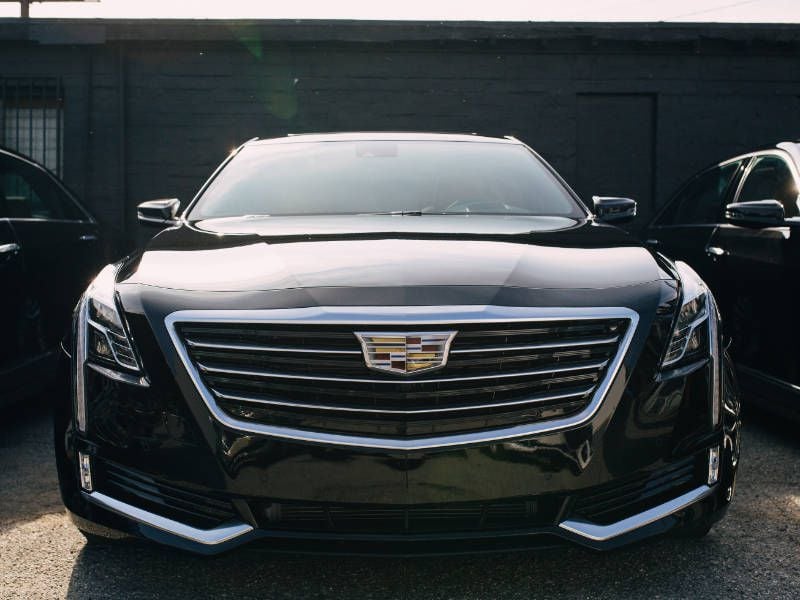
Photo by Cadillac